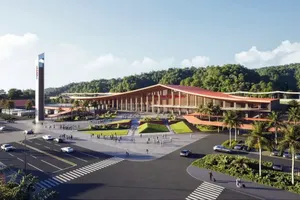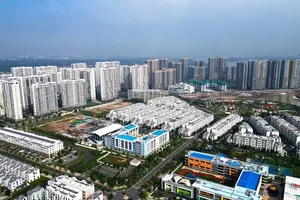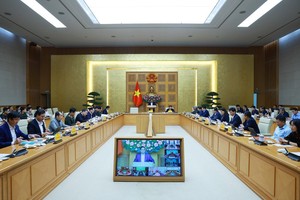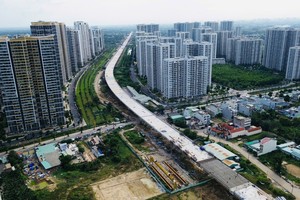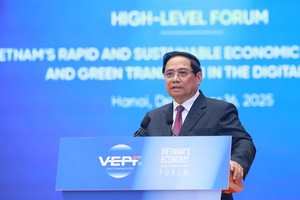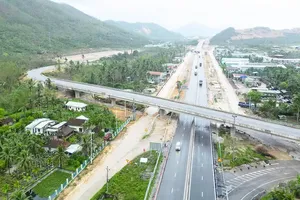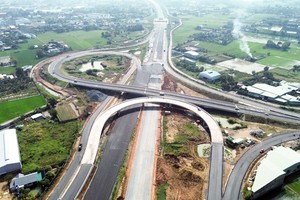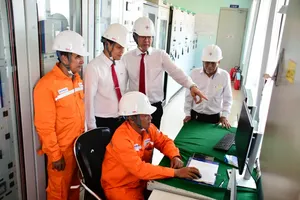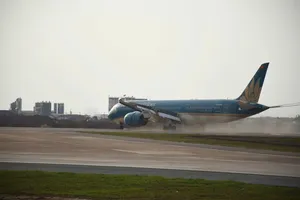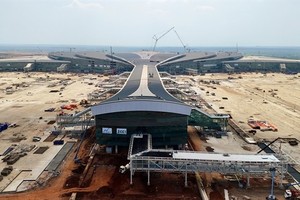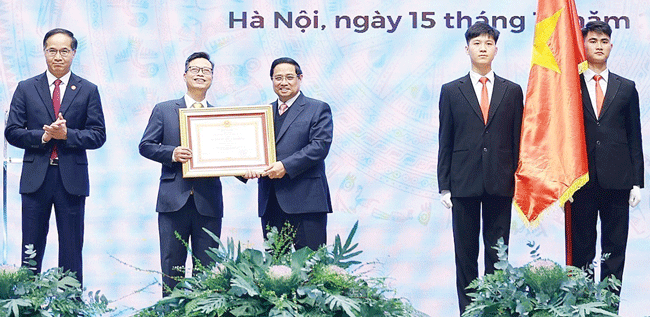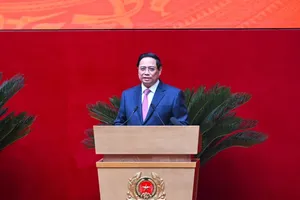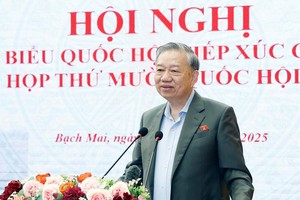 |
Rice export brings good revenue |
For many years, when agricultural materials and input services increase, businesses have made good profits whereas the burden is placed on farmers.
However, after improving production, increasing rice productivity is about to reach the threshold, farmers are delighted because they have bumper crops but businesses are complaining of losses because they have to sign export contracts in advance at low prices, they ought to buy materials at high prices.
To balance benefits between farmers and businesses, the Government has recently approved the 1 million-hectare sustainable development project specializing in high-quality rice cultivation and low emissions associated with green growth in the Mekong Delta which is expected for a new stage of development. The key rice development will integrate with material resources, from natural advantages, financial resources, science and technology; especially human resources in the linkage of important actors in the rice industry value chain including businesses, cooperatives and farmers.
The rice economy is being approached with a different mindset than before, marking a historic shift. It is no longer a single industry but it will link with other sectors to generate multi-income, multi-benefit, solving the inadequacies of the rice growing industry and the unstable income of farmers by balancing benefits amongst economic development, social development and environmental development.
The integrated planning of the Mekong Delta region which has been approved by the Prime Minister to arrange development space and best mobilize investment resources is being carried out in provinces and cities. When rice is integrated with other sectors, farmers do not just grow rice alone but they can combine aquaculture, tourism, and clean energy development and application.
Added value from rice production reduces greenhouse emissions to help farmers be able to sell carbon credits is also a new economic approach that carries many social and environmental responsibilities. Generally speaking, the development space of Vietnam's rice industry is not limited to 1 million hectares, but it needs to be linked to the problem of national rice supply and demand, the formation and development of a center that links production, processing and consumption of regional agricultural products in Can Tho City and 8 agricultural product centers in provinces in the Mekong Delta region.
Food security is a global issue that is being approached and resolved harmoniously in three aspects, not only nutritional needs, and hunger prevention, but it also harmonizes economic benefits, people's livelihoods and social development, avoiding creating inequality in people's access to food and legitimate interests of rice growers.
The problem of rice industry development and the income of rice growers is placed in the overall picture of smart agriculture and modern rural areas. Therefore, Vietnam needs greater production, better technology application and more appropriate management, combining deep processing and innovation to create more value from rice grains by developing industries after rice, and branding products so that the rice industry has increased value many times over.

